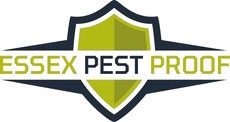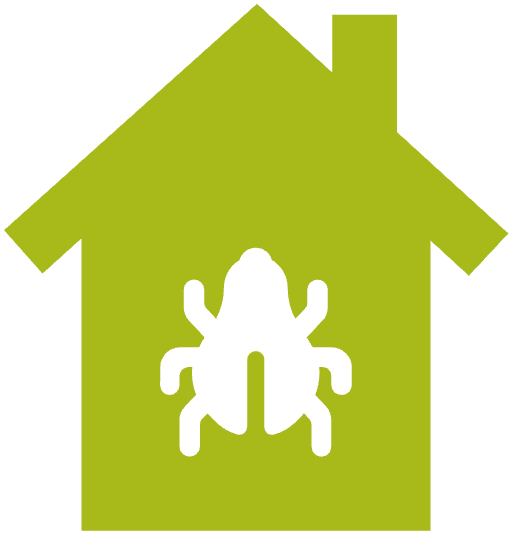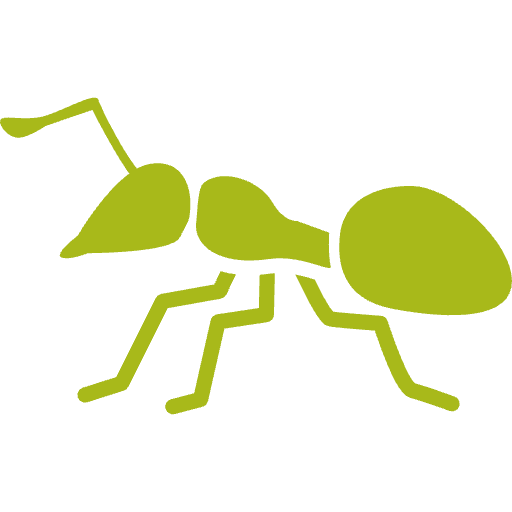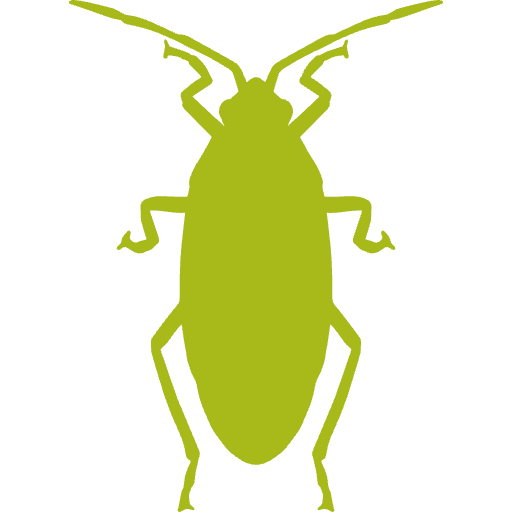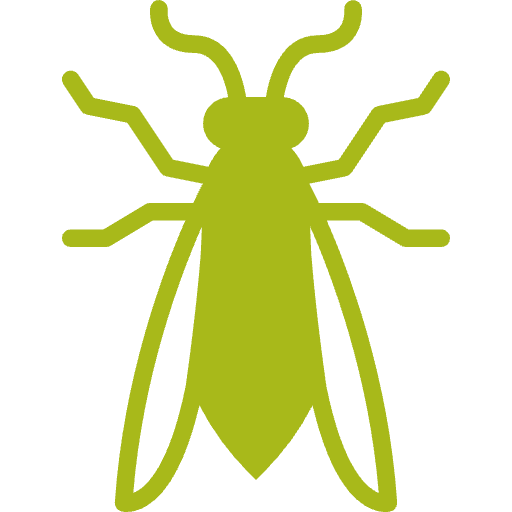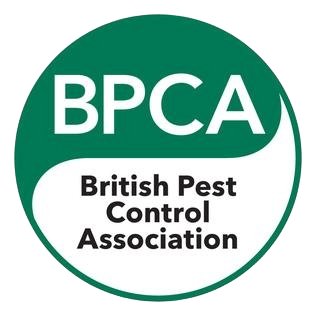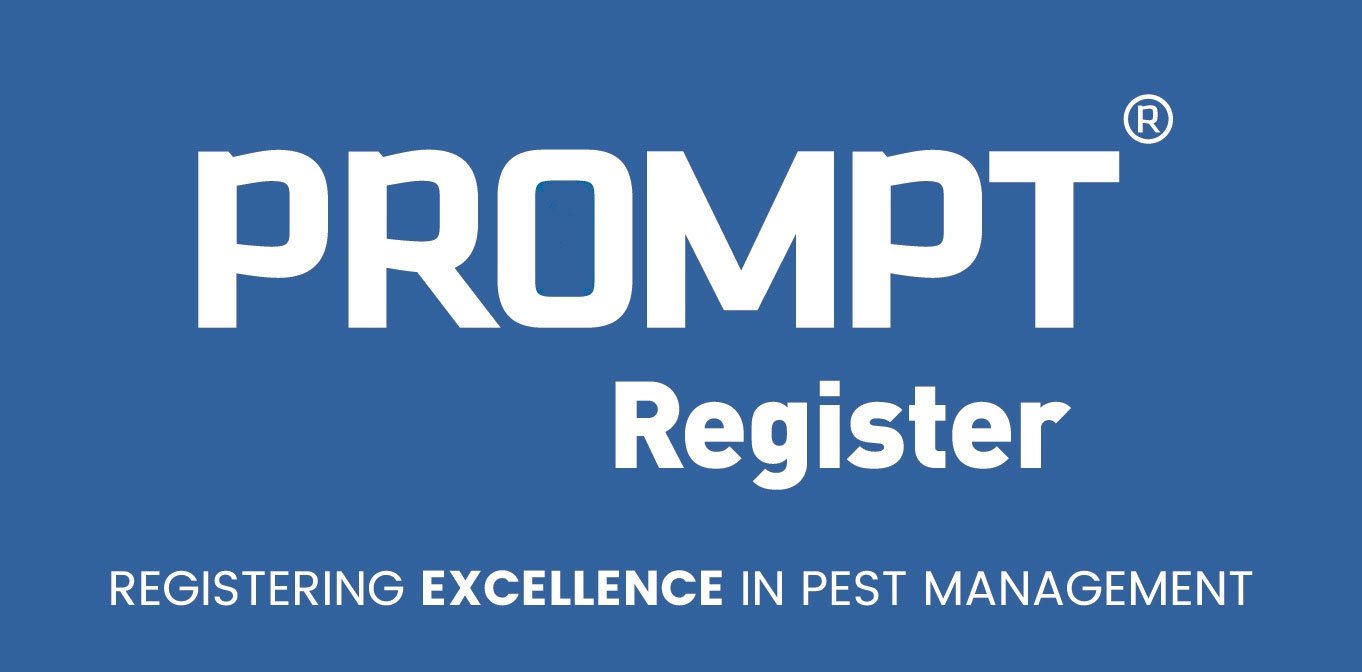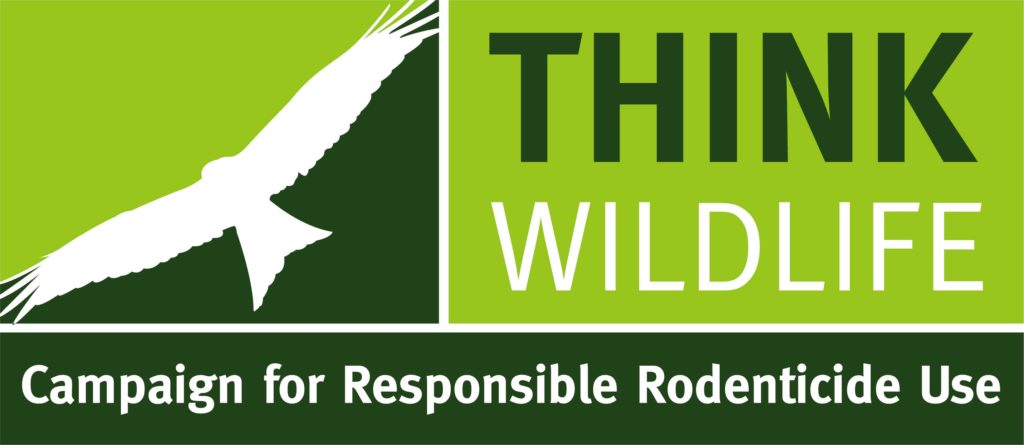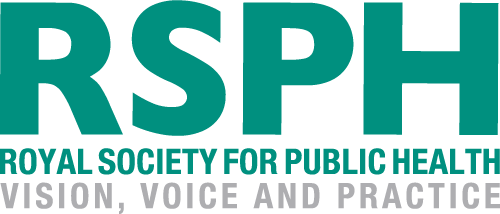How Rats Enter Your Home
Rats will find their way out of faulty drain systems which are normally adjacent to your properties foundations and cavity walls. Once rats have found a point of ingress they will exploit it and gain access into your cavity or under the foundations. They can then move around your property using the cavity walls and voids finding their way into loft areas. If you have had building work extending over existing drainage systems or if drainage systems have been modified, this could also allow rats into your property.
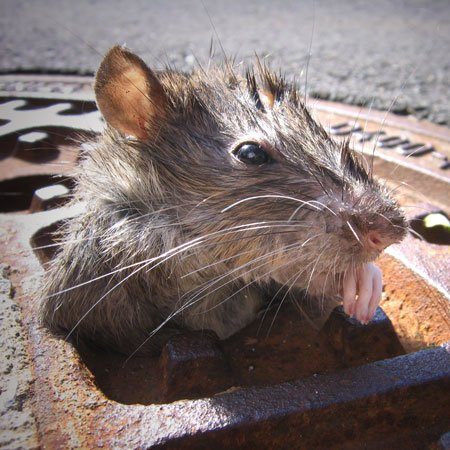
Drain Rat Investigation Surveys
Using the latest drain camera survey equipment, we will undertake an extensive drain camera inspection to identify faults and defects which could allow rats out of the sewers and into your home. We have developed techniques which allow us to access every part of your system including redundant branch lines and connections.
Drain Solutions
Our detailed drain inspection survey report will include a solution to solve your drain rat infestation problem. Once you have this information you can approach contractors for like for like quotations, it is however vital that you get the correct survey information. Solutions include drain liners to seal defective or redundant drains and valves to stop rats entering your drainage system. At Essex Pest Proof we have the knowledge, investigation techniques and solutions to solve your rat infestation problems.
Accreditations
Epic Pest Control, Without The Saga

Free Quotes

Competitive Pricing

Rapid Response

Licensed & Insured
Whatever the pest we are fully armed with both knowledge and courage.

Rodents
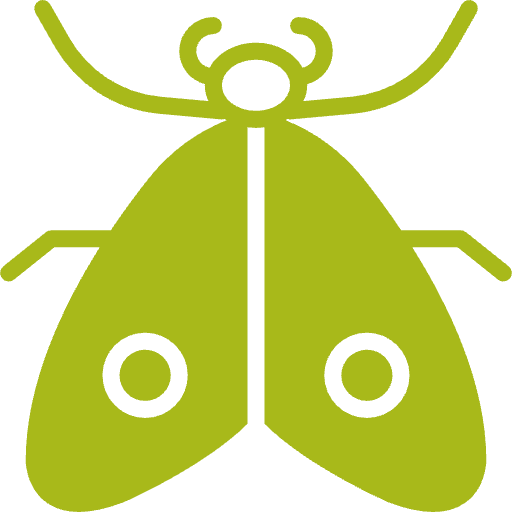
Moths
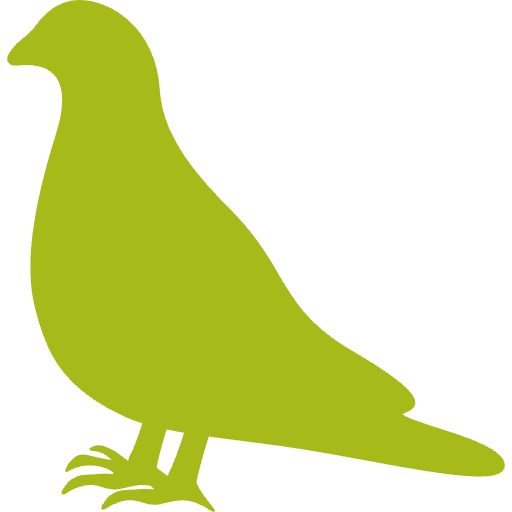
Birds
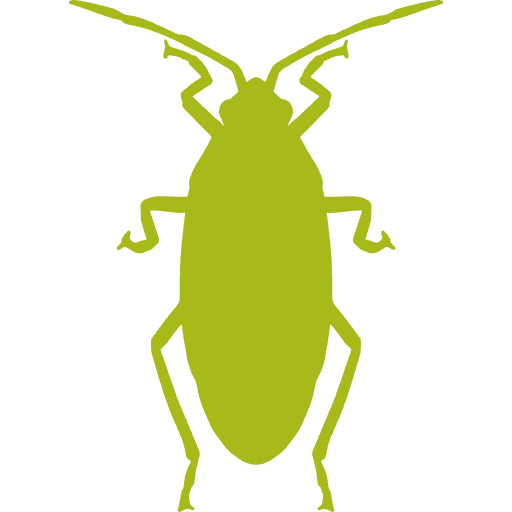
Cockroaches
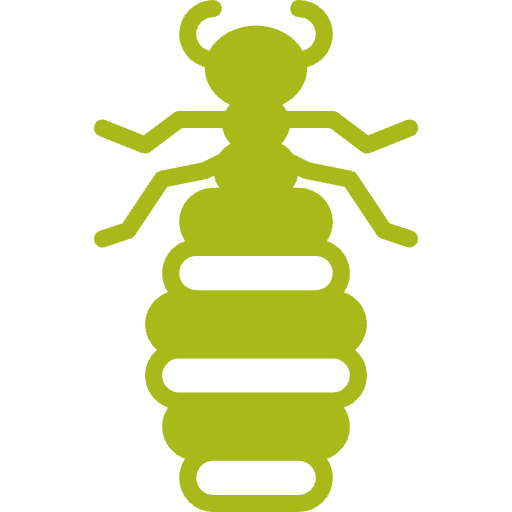
Fleas
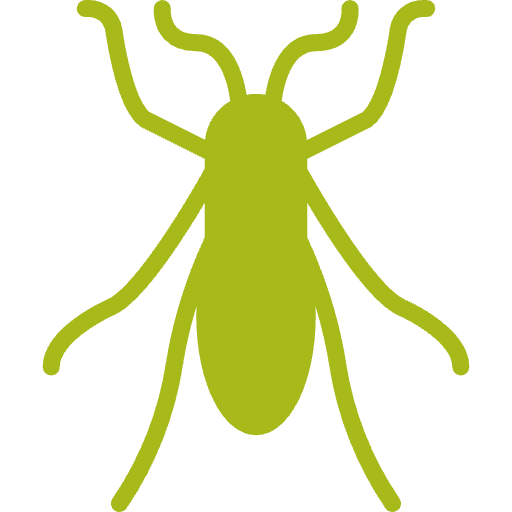
Bed Bugs

Essex Pest Control Frequently Asked Questions
What Areas Do You Cover?
As the name suggests, Essex Pest Proof covers the entirety of Essex. From Southend-On-Sea to Stroud Green, Basildon to Billericay, and even Canvey Island, wherever you are in Essex, we can provide expert pest control services. Get in touch today to book your pest treatment.
Why Choose Essex Pest Proof?
Being a local business, we are passionate about our commercial and domestic pest control services. Our focus is serving the local community and reducing the damage caused by vermin. So, we take pride in our work and will do everything possible to identify the source of the infestation and remove it, then carry out pest proofing so the problem can’t come back. Our care and attention to detail set us apart from the rest.
How Much Does Pest Control Cost?
That depends on the type of service needed, the size of the property, the species of pest and much more. Essex Pest Proof aims to offer a cost-effective service that provides lasting value, meaning you can get rid of your pest problem with one treatment. Contact us for an accurate quote.
What Pests Do You Control?
Our experienced pest control team can remove all common vermin, including ants, cockroaches, moths, fleas, bed bugs, mice, rats, squirrels and nuisance birds such as pigeons. We work with homes, businesses, landlords and organisations throughout Essex. Additionally, we offer specialist services such as drain surveys to identify entry points for rats and pest prevention. That means we’re the only pest control company you’ll ever need to work with.
